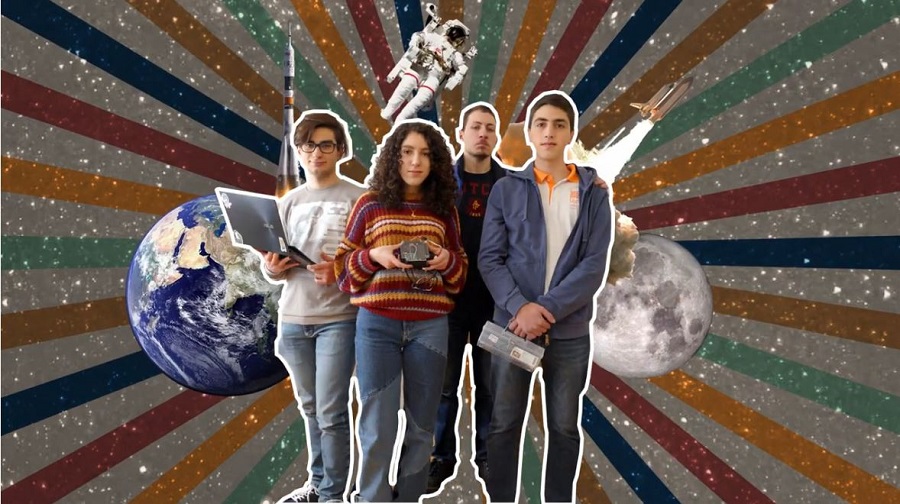On November 18, a historic flight took place: the device (payload) designed by Ayb School students was sent into space by India’s Skyroot Aerospace’s subsonic rocket.
The device with a 197gm payload was placed on a suborbital rocket and sent to the height of 125km in open space to cross the Karman Line, a presumed boundary between Earth’s atmosphere and outer space. The device stayed in space for 2-3 minutes. It collected data on the rocket’s flight path, temperature, pressure change, speed, acceleration, and the intensity of ultraviolet radiation and ozone concentration. The sensors performing the last two measurements were designed and proposed by the AYAS (Armenian Youth Aerospace Society) team and added in cooperation with that team. After completing the planned measurements, the device fell back to Earth together with the rocket.
Several months ago Kemurdzian Youth Space Challenge was organized through joint efforts of Bazoomq Space Research laboratory and HyeTech company. According to the competition rules, the winning team was supposed to get an opportunity to send their device into space. Ayb School’s Ad Astra team was announced the winner.
The device designed by Ayb students was sent to space by SkyRoot Aerospace private company from Satish Dhawan Space Center on Vikram-S rocket. The Indian Space Research Organization said the payload was brought to a height of 89.5 kilometers.
The event became historic for India, since, with the launch of the experimental Vikram-S rocket, SkyRoot Aerospace became the first Indian private company which fulfilled a spaceflight.
Ayb School’s Ad Astra team currently includes Ayb graduates Andre Vardanyan, Elina Melkonyan, Hayk Piliposyan, and 12th-grader Davit Vanyan. The mentors are Engineering Club head Vazgen Gabrielyan and Ayb School alumnus Ruben Kerobyan who is currently a robotics laboratory employee. The device was designed by the Engineering Club during the 2021-2022 academic year.
The video material about the rocket launch is available at the link:
Share
